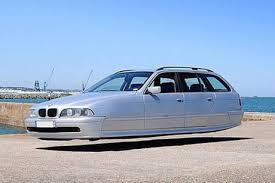Maglev Car Technology Tested on Highway in East China


Developed by the Chengdu-based Southwest Jiaotong University, the car was modified from a traditional vehicle. A permanent magnet array was installed for levitation, and the road was laid with good conductor rail that allowed the car to levitate.
The development of maglev vehicles will follow as a focus, said Deng Zigang, a professor at the university who hopes the technology can help reduce energy consumption and increase the driving range of cars in the future.
Another road test, this time with speeds of 200 kilometers per hour, was conducted on the same day. A total of eight cars, including five new energy vehicles, were tested on a 7.9-kilometer section of the highway, with a maximum speed approaching 230 kilometers per hour.
The tests were organized by provincial transport authorities and aimed to study road design and safety measures for high-speed driving.
Maglev (derived from magnetic levitation), is a system of train transportation that uses two sets of electromagnets: one set to repel and push the train up off the track, and another set to move the elevated train ahead, taking advantage of the lack of friction. Such trains rise approximately 10 centimeters (3.9 in) off the track. There are both high speed, intercity maglev systems (over 400 kilometers per hour (250 mph)), and low speed, urban maglev systems (80 kilometers per hour (50 mph) to 200 kilometers per hour (120 mph)) being built and under construction and development.
4155





















